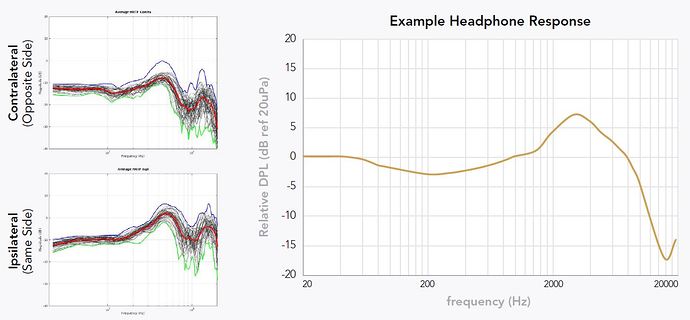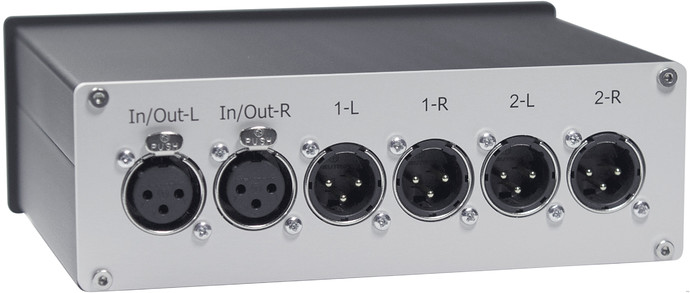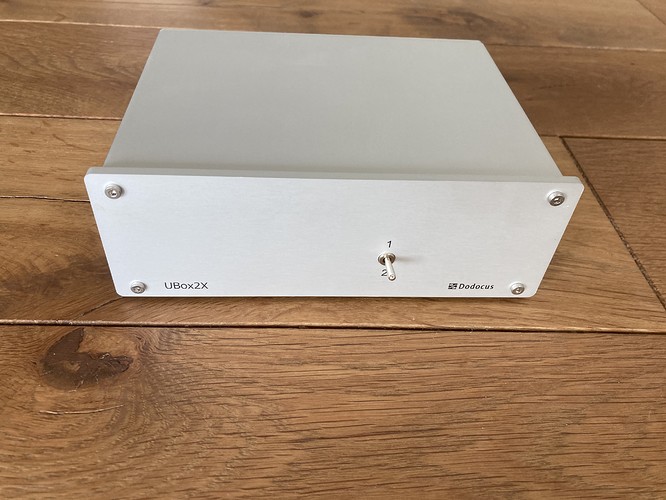If you mean the Benchmark HPA4, looks like they do exactly that, but in the analog domain; compensating for non-linearities with their “Feed-Forward Error Correction”
As in the “white glove treatments” by Bob Stuart. I think only two were ever done. Probably more effective to use a linear amp from the beginning.
Not quite. Bob’s “White Glove” MQA transfers were required because of the old-world mixing used for those masters, requiring them to be compensated individually “by hand” (hence the “white glove” term).
The pre-compensation I was suggesting is pretty much exactly what the Benchmark guys are doing (as I quoted in the post above), but done in the digital domain with DSPs. Wadax’s reference DAC adopts a similar strategy to mitigate non-linearities in their system chain.
While this might be new on the Audio world, it’s been done for decades in the Telecom space with DSPs applying pre-compensation and FEC to mitigate non-linearities, in frequency, time, and polar domains.
Headphone transducers are notoriously non-linear transducers operating in sub-optimal acoustic chambers. As such, a linear amp (of which there are many) is only one of the factors—and an oversold one at that, in my view—to take into account the effectiveness of the presentation of the system at the listener’s ears. It may well be that a linear amp presents an easier case around which to build DSP calculations, but it guarantees little more than flatness or neutrality in the outcome. Doesn’t mean it will be bad, only that it doesn’t guarantee anything else. And on many headphones, it can be less than ideal. Let alone ears. Accuracy is easy in hifi today. And linearity is merely one factor in final SQ. Granted, linearity in the amp might well be the best place to have it. Buy by itself? Otherwise, scores of midfi solid state devices from DACs to amps would sound as good as many devices known to be less linear.
Wadax Atlantis was one of two exotic European DACs I had wanted, but was unable, to demo. Anyone here heard it?
Headphone transducers have their own typical equalisation, this is a design decision of the manufacturer.
[A] factor that has to be taken into consideration is the fact that modern headphones
are designed to present a range of audio experiences with a wide range of source material
and listening environments while being fed simply from the original stereo signal; different
headphones differ in a number of characteristics, not least overall equalisation, where, for
example, a manufacturer may arrange for their headphones to give a “warmer” sound
by rolling off some HF or boosting at lower frequencies. A loudspeaker-to-headphone
conversion system has to function effectively whatever the headphone manufacturer’s
design decisions, and whatever are the listener’s purchasing decisions based on what they
like to hear.Good Headphones already take into account the frequency component
of Head Related Transfer Functions
From: https://www.dcsltd.co.uk/support/dcs-expanse-white-paper/
The more linear the headamp is, the more it respects the design decision of the headphone in question.
That is at best tautological. I am well-versed in HRTF theory. As I said, linearity in an amp is a good thing, but it is not the only thing. And it is why something like the Benchmark might quite simply not sound as good as another headphone amp. Linearity is not the only thing. Headphone designers design to a certain goal. Same with headphone amp designers that voice their amps using certain headphones. With apologies to JRRT, there is no “one amp to rule them all.”
Think about it Erno. Your claim—that the most linear amp is the best for all headphones, which is actually the claim of your previous post—is simply not credible. And it is also at odds with what you wrote previously:
I agree with you there. We know you love your Benchmark. Enjoy it, but please stop trying to prove it’s the best amp for every headphone. It’s not even close, considering the reference-class cans it’s not suitable for driving. ![]()
Anup said:
I replied:
I did not even mention what headamp. Anup identified it later.
I was speaking in general about linear headamps, and I am not trying to prove mine is the best. It is not, and you already know I am looking for another.
This is my reply to the OP, and refers to what type of headphones he wants to use on the headamp he is looking for: electrostats, dynamic, planar magnetic, IEM etc.
I never said that. This is your interpretation of it.
Of course linearity is not the only quality of a headamp.
Likewise Greg, I haven’t heard any of their platforms yet, although I’ve been tracking them since '10.
Their use of custom ASIC is interesting; I believe it was originally intended to digitally correct analog issues in an end-to-end Phono-to-ADC/DAC/Pre to Active-Speaker setup, but these days they seem to suggest it’s use only within the DAC itself.
While they’re spinning a dedicated custom ASIC as a plus, to be honest, for audio signal processing, an FPGA can deliver better performance, be significantly more cost effective, and is more future-proof (but as usual, the WBF crowd are talking up the platform as the best thing since sliced-bread ![]() )
)
I was surprised by their use of the ASIC. I get their story, and I like their application of it, but my first reaction was: “not an FPGA?” As for the WBF crowd, well the Wadax has the price tag to flip their switch.
No, there’s no need for this sort of compensation (with Expanse or otherwise) as the headphone output stage has been designed to be inherently linear.
I very much get the impression that if there was an issue in this regard, it would have been problematic pre-Expanse and would have resulted in the headphone stage (or some other core aspect of the Bartók) being adjusted to resolve it, as opposed to needing it to be done in a later software release.
Thanks for the clarity James 
Mine arrived yesterday. It is exactly what I wanted. Although it is a tad lightweight, and gets pushed around by stiff cables, it does what I need it to do.
Congrats Greg, I am still on the fence deciding which source(s) and headamp(s) I will go for. A standard Dodocus UBox2X-O: 2 Out - 1 In might do.
Yes, if one needs more limited inputs or outputs, I t’s possible to get a smaller box. But I went with multiple flexibility. Three inputs and five outputs. Perfect for my headphone rack. These guys do good work. Recommended.
Erno, I have one exactly like this sitting here that I do not use any more. It was replaced by the 3 in 3 out model that I mentioned earlier.
If you’re interested, send me a PM
Rudi
Thanks for your kind offer, Rudi. I will know in a few months whether I will need one, and if so I will PM you, to see if you still have it.
BTW, do you have a black (not silver) one, because that is what I might need?
Thanks Rudi, looks impeccable! See my next post, it will depend…





